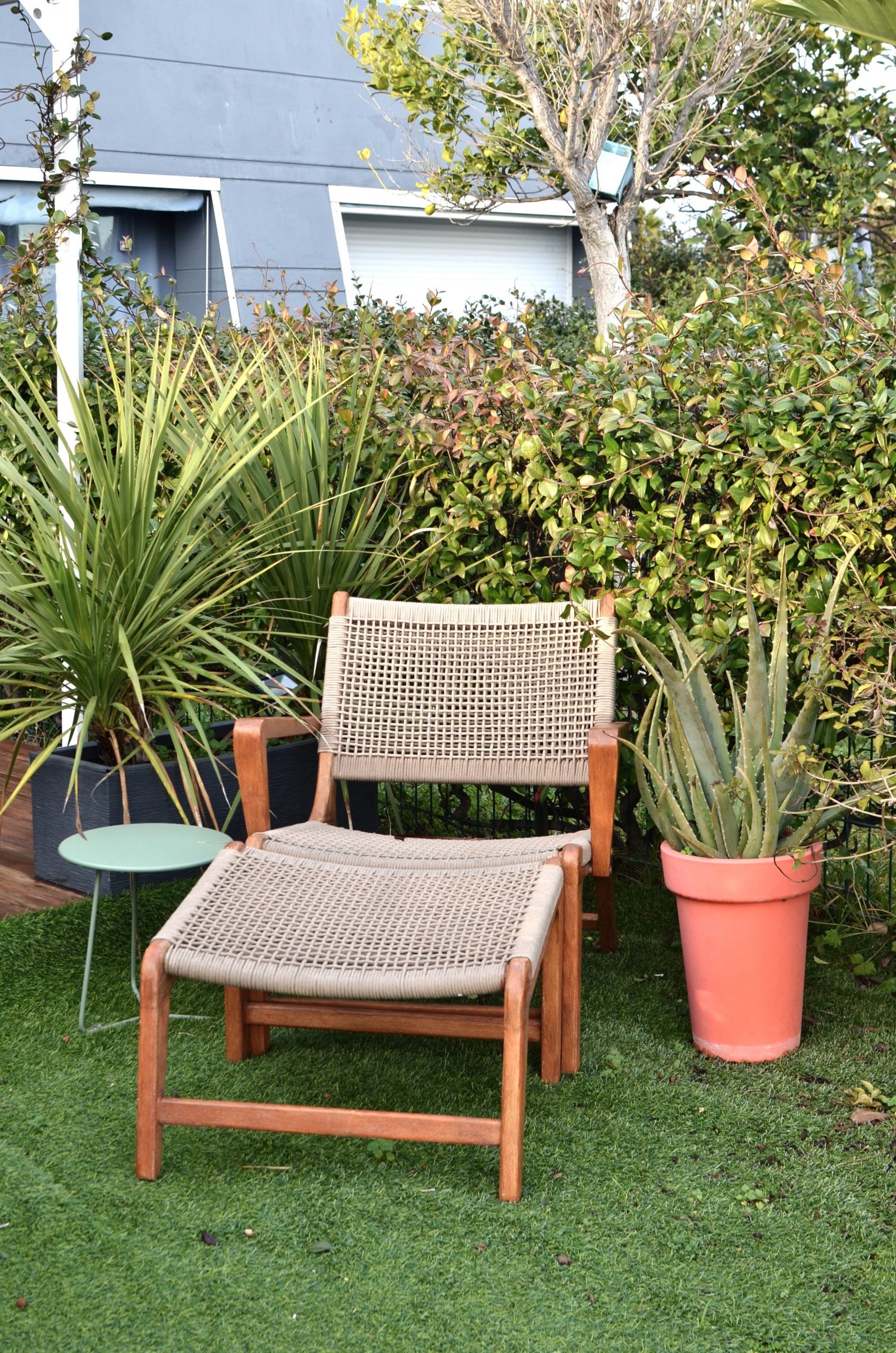
How nice it is after a hard day’s work to sit in the garden or relax in nature. And what garden furniture is most associated with comfortable relaxation? Of course a deckchair!
A comfortable, portable, elongated chair, in addition to its practical function will also serve as a stylish element of your garden or allotment outdoor decor. There is nothing difficult in making a standard deckchair with your own hands. You will delight your loved ones and guests with it, and also increase the quality of your rest.
This is probably the most classic and popular model, which can be easily folded and moved. To make it, you need to prepare:
It is best to use solid and durable wood. A good choice would be inexpensive and widely available pine or spruce. Larch wood is durable and ages nicely. Of the native species, beech is the hardest and most resistant, but its processing requires appropriate tools.
A more luxurious and exotic option is the recently fashionable bamboo. It is very hard and durable, but unfortunately also expensive.
Using sandpaper, carefully sand the surface of all slats and arrange them into 3 frames with the following dimensions:
Drill 8 mm diameter holes in the longest slats at 40 and 70 cm from the corners and sand them with a round file. To change the position of the backrest in the recliner, make 3-4 notches at a distance of 7-10 cm in the longer slats of the medium frame. It is necessary to cut 3 or 4 indentations. Sand them well.
In all rectangular slats, drill holes of 2 cm in diameter at both ends (a few centimeters from the edge). Mount the crossbars in them, which are round slats, previously lubricating their ends with glue. The frame is now assembled.
Now you need to cut out and sew the seat. Its length depends on the possibility of unfolding the deckchair. A fabric that is too short will not allow you to fully unfold it, and one that is too long will sag when folded. To determine the optimum length, you need to fold the deckchair and measure the fabric – it should be slightly stretched.
Trim the edges of the cut fabric and attach it to the round bars on the largest and smallest frame. To do this, wrap the crossbars with the edge of the fabric and then fasten with small nails. It is possible to make a variant with loops at the ends of the fabric, which you then thread onto the crossbars. However, then you cannot use glue when assembling these two particular strips.
Finally, you can protect the wood from the elements or give it a different color by painting it with a special impregnator or varnish, as well as paints. To make the lounger even more comfortable, you can prepare a special cushion for the entire length of the seat.
Lounger with a fabric frame is one of the most comfortable, inexpensive and simple to prepare models. It is easy to assemble, move and store, takes up little space and does not require much effort for cleaning.
Also read how to renovate a wooden table
Main photo: Skylar Kang/pexels.com